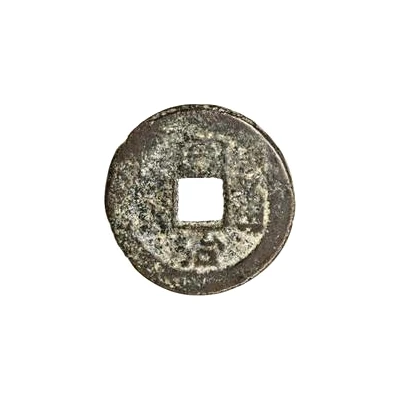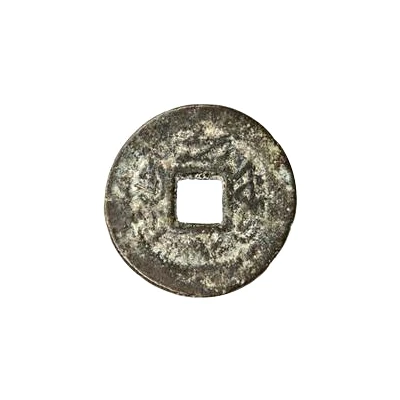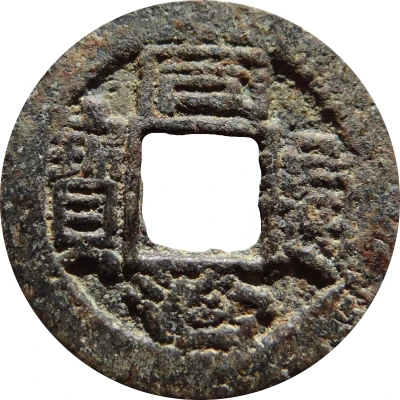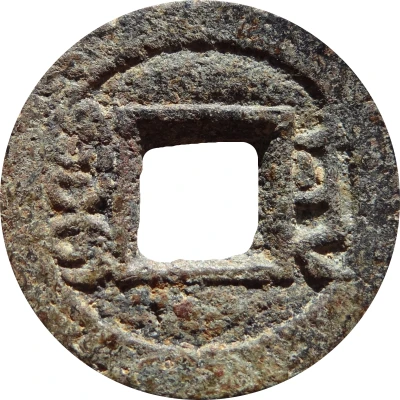


© Stephen Album Rare Coins
1 Cash - Tongzhi Tongbao; Boo-joo; with ideogram ND
| Brass | - | 21 mm |
| Issuer | Empire of China |
|---|---|
| Emperor | Qing dynasty › Tongzhi (同治帝) (1861-1875) |
| Type | Standard circulation coin |
| Years | 1862-1874 |
| Value | 1 Cash |
| Currency | Cash (621-1912) |
| Composition | Brass |
| Diameter | 21 mm |
| Shape | Round with a square hole |
| Technique | Cast |
| Orientation | Medal alignment ↑↑ |
| Demonetized | Yes |
| Updated | 2024-10-04 |
| Numista | N#226682 |
|---|---|
| Rarity index | 94% |
Reverse
Two Manchu words (read vertically) separated by the hole, all with at least one Chinese ideogram at various locations (usually above).
Scripts: Chinese (traditional, regular script), Mongolian / Manchu
Lettering:
之
ᠪᠣᠣ ᠵᡠᠣ
Translation: Zhi / Boo-joo
Edge
Plain
Comment
The exact location of the 'Boo-joo' mint is unknown, although the various types of reverse symbols indicate somewhere around Yunnan, Guizhou, or Sichuan. With many symbols also beeing found on Yunnan-fu or Dongchuan coins, it is possible this is a local mintmark from the Yunnan (similar to Boo-dung).Another Boo-joo was used under Xianfeng, although that mintmark does not include a dot. It is possible the dot is correcting the spelling from the Xianfeng coins, or it is an entirely different mint.
Interesting fact
The Tongzhi coin, which was minted during the reign of the Tongzhi Emperor (1862-1874) in the Qing dynasty, features an ideogram or a character that represents the emperor's name. This ideogram is written in a stylized form and is placed on the obverse side of the coin, surrounded by other symbols and characters. The use of ideograms or characters on coins was a common practice in ancient Chinese numismatics, and it served as a way to convey important information about the coin's issuer, value, and purpose. In this case, the ideogram on the Tongzhi coin represents the emperor's name and serves as a symbol of his authority and power.

